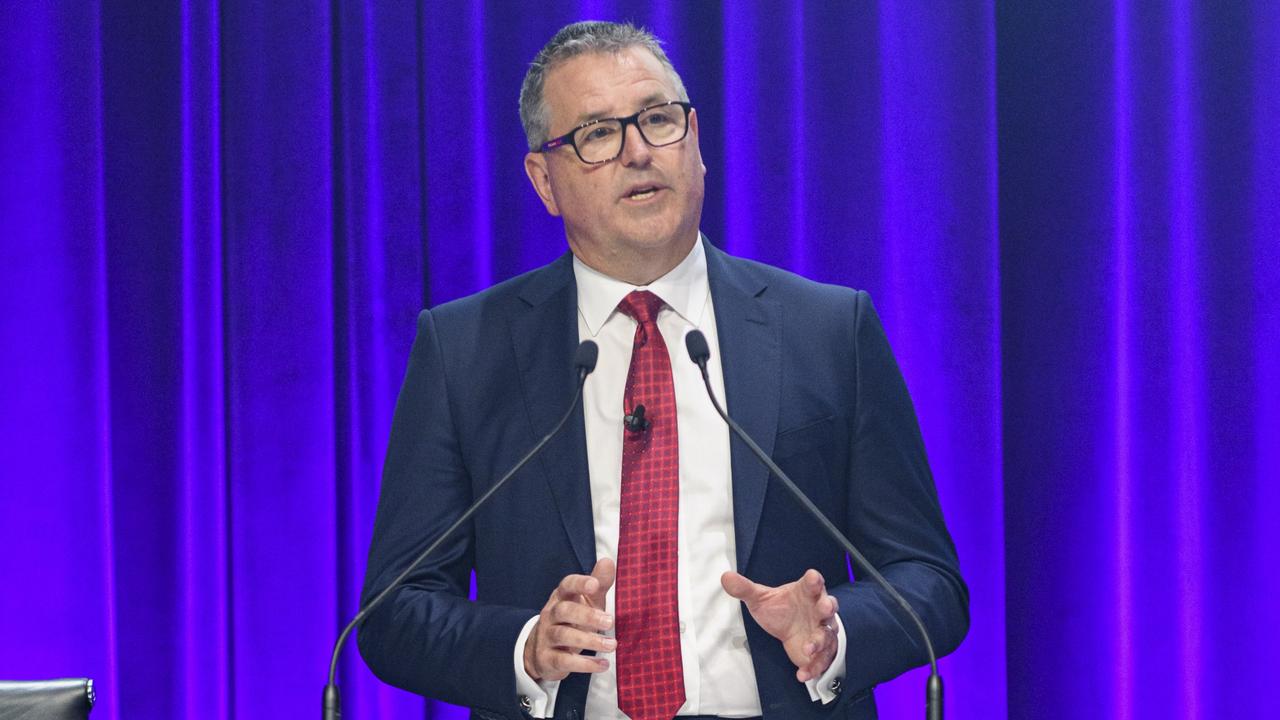Insurer profits reveal huge greedflation amid rising premiums
Coles and Woolies have been slammed for jacking up prices, but another industry is increasing them at the fastest rate in 22 years.
In the past year, insurance premiums grew at their fastest rate in 22 years but despite unveiling huge profits, insurance companies have managed to escape price gouging scrutiny.
According to the Australian Bureau of Statistics (ABS), premiums for home and motor insurance increased by an average of 16.2 per cent in 2023.
“Higher insurance premiums across house, home contents and motor vehicles contributed to the increase in living costs for all household types over the year,” Michelle Marquardt, head of prices statistics at the ABS, said.
Along with rising insurance premiums, the profits at Australia’s largest insurance companies have also skyrocketed, leading to questions about whether they are price gouging.

Insurance Australia Group (IAG), which owns a range of brands including NRMA, CGU, RACV and SGIO, recorded a net profit after tax of $407 million for the six months to December 31, 2023.
While this was below the net profit of $468 million it earned for the same period of 2022, the 2022 result was boosted by a one-off release of $360 million, which had been held back for claims that never eventuated.
On a like-for-like basis, IAG’s net profit was up 276 per cent for the first half of this year, and its premium revenue was up 12.5 per cent, which the company said was “the strongest in nine years”.
An IAG spokesperson said the company “understands the challenges people are facing with the cost of living due to inflation across a range of products and services”.
“We’re working to keep increases to a minimum for our customers.”
They added “the proportion of an average premium that relates to major weather events (natural perils) and reinsurance has increased materially over the past five years to 20 per cent”.

At QBE, which recently reported its full year financial results, annual net profit was up 131 per cent from US$587 million ($884 million) in 2022 to US$1.36 billion ($2.1 billion) for the full year to December 31, 2023.
Premium revenue from its Australian business was up 12.5 per cent and the company said “the result was underpinned by supportive market conditions and favourable current year catastrophe experience”.
QBE declined to comment when questioned by news.com.au on the size of its premium increases.

Suncorp, which owns the AAMI, GIO and APIA brands, posted a net profit after tax of $510 million from its insurance division in the six months to December 31, up 52 per cent on the $336 million it made in the same period of 2022.
In its consumer insurance division alone, its net profit jumped from $32 million to $203 million, up an incredible 534 per cent.
In its results announcement the insurer decided against quantifying the exact size of the profit increase in its consumer insurance business, instead labeling it as “large”.
It reported its premium revenue was up 12 per cent for home insurance and 18.2 per cent for motor insurance, based on increased prices due to “inflationary and hazard cost pressures”.
A spokesperson for Suncorp pointed news.com.au to comments made by Suncorp CEO Steve Johnson when announcing the recent results.
“The issue of insurance affordability cannot be solved by any one party alone,” Mr Johnson said.
“Put simply the impacts of climate change, a reassessment of Australia and New Zealand risk by global insurers, the planning mistakes of the past and, now, inflation have converged to put the upward pressure on insurance pricing we are currently experiencing.”

But Joel Gibson, consumer advocate and personal finance expert, told news.com.au that while there is some justification for rising insurance premiums, it did not equate to premiums increasing by 16 per cent on average.
“You can’t cry poor if your profits are ballooning,” Mr Gibson said.
He added that insurance companies had so far evaded the type of scrutiny over their price increases that the supermarkets have been subject to, largely because of a lack of price visibility.
“When you sell groceries your pricing is very public,” he said.
Mr Gibson said the fact that insurance is a once a year bill for most people, unlike food shopping, and that everyone renews their insurance at different times of year also helps it to fly under the radar.
To improve transparency around insurance pricing and make it easier for consumers to shop around, Mr Gibson told news.com.au he advocates a price comparison system for home contents and motor insurance, something he said insurers “have fiercely pushed back on”.

He described the premium increases in insurance as “significantly higher than those in the grocery sector” and said that while supermarket prices are now coming down, insurance premiums are “still out of control”.
Mr Gibson said that as insurance is also not an essential purchase, like food, in the face of huge premiums increases many households may be “dumping insurance”, leaving them dangerously exposed in the event of an accident or damage.
“It becomes a luxury, despite the risk.”
More Coverage
Mr Gibson said insurers were seen as a bit of a “sacred cow” politically and questioned why the premium increases hadn’t been subject to the same kind of scrutiny as the supermarkets.
The government’s House Standing Committee on Economics is holding an inquiry into insurers’ responses to claims resulting from the major floods in 2022, which will touch on affordability of insurance in some flood affected parts of the country, but there are currently no wider reviews underway into the above inflation spike in premiums.
By contrast, there are currently six inquiries into supermarket pricing underway, and an additional one recently handed down its findings.






